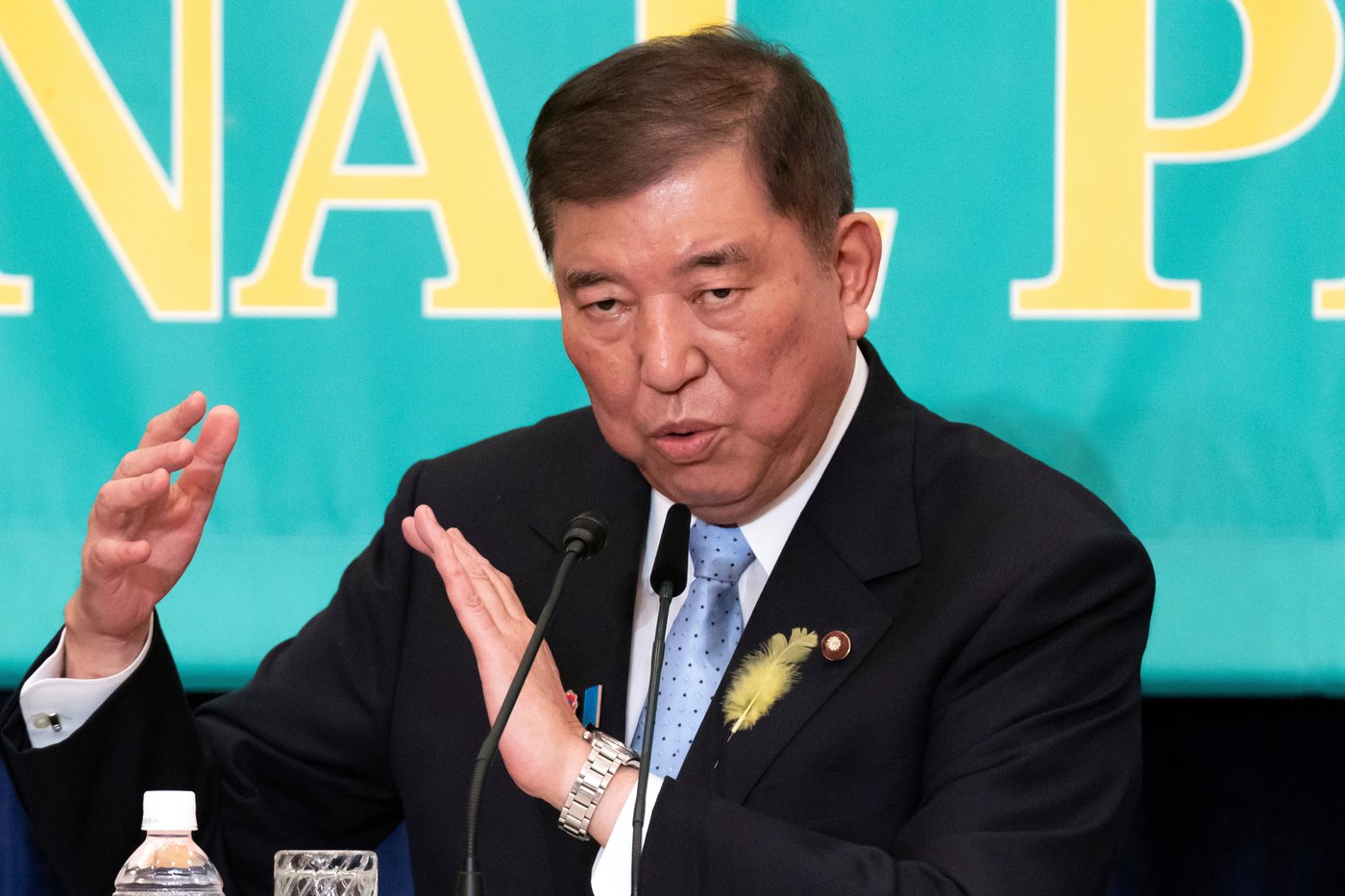
A loss for Ishiba could worsen political instability in the face of US tariffs and rising prices
TOKYO (AP) — Japan’s Prime Minister Shigeru Ishiba faces an increasingly uphill battle in Sunday’s upper house election, and a loss could worsen political instability at a time of daunting challenges, such as rising prices and high U.S. tariffs.
A poor performance would not immediately trigger a change of government but it would deepen uncertainty over his fate and Japan’s future path.
The ruling Liberal Democratic Party suffered a humiliating loss in a lower house election in October as its usual supporters registered their unhappiness over past corruption scandals and high prices. Ishiba is struggling to regain voter confidence.
His minority government has since been forced into making concessions to the opposition to get legislation through the Diet, or parliament. That has hindered its ability to quickly deliver effective measures to curb rising prices and win wage increases. On top of shortages and soaring prices for rice, a traditional staple, Ishiba has been stymied by President Donald Trump’s tariff demands.
Frustrated voters are rapidly turning to emerging populist parties, including one that is promoting anti-foreign policies and backpedaling on gender equality and diversity.
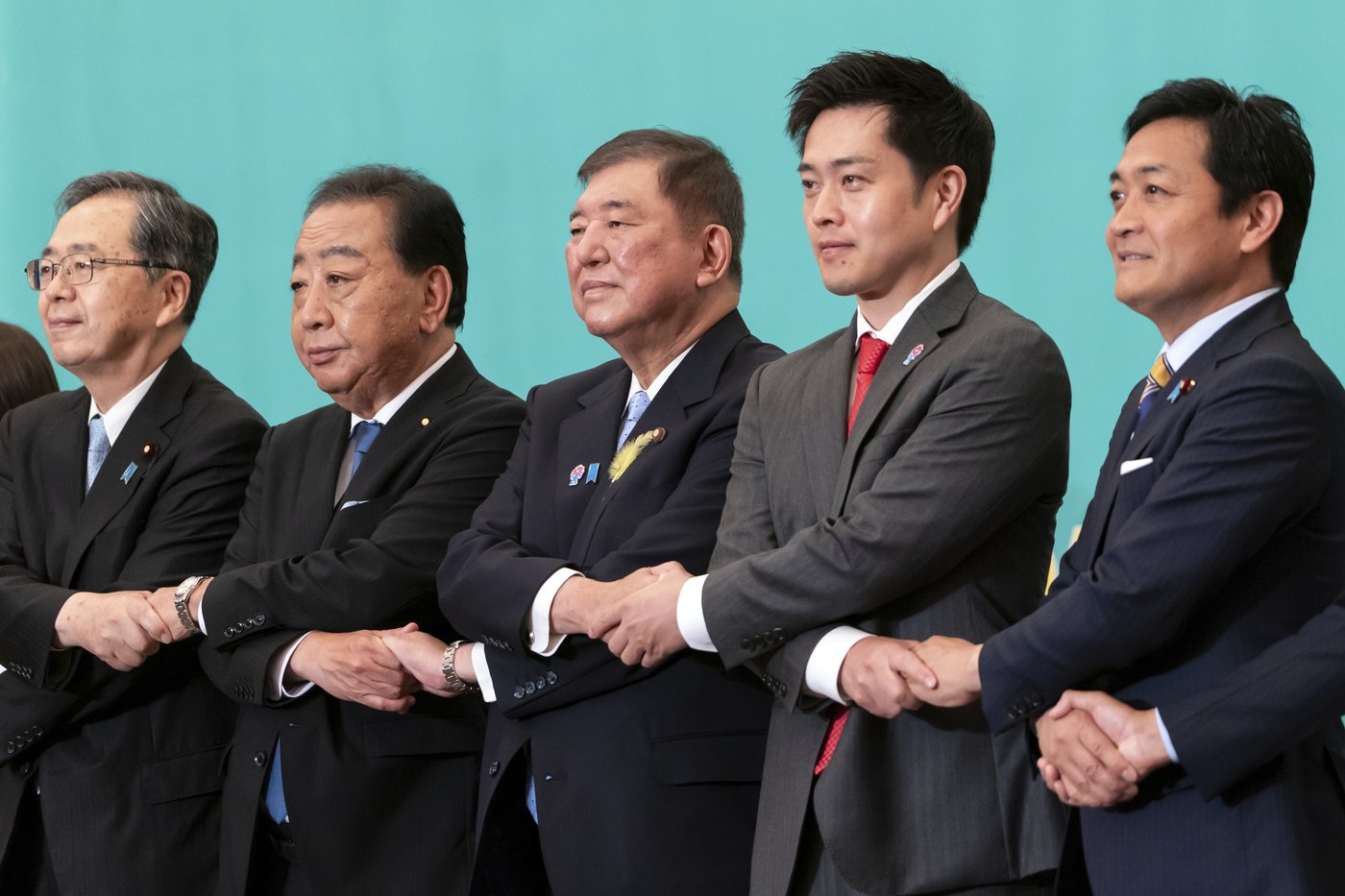
Here’s a look at Sunday’s election:
Instability, win or lose
Ishiba has set a low bar for the vote — a simple majority. Half of the 248 seats for six-year terms in the upper house are being decided, and the LDP and its junior coalition partner Komeito would need to win a combined 50. Added to the 75 coalition-held seats that are not being contested in this election, it would be a big retreat from the 141 seats the coalition held before the election.
If the ruling coalition fails to secure a majority, “there will be a move within the LDP to dump Ishiba,” said Yu Uchiyama, a University of Tokyo professor of political science. “It makes a leadership very unstable.” Under any successor, the ruling coalition would be a minority in both houses, he said.
If Ishiba’s coalition secures a majority and he stays on, his leadership will remain weak, with little hope of improved support ratings, Uchiyama said. “Either way, it is essential for the minority government to seek opposition parties’ cooperation to achieve any policy.”
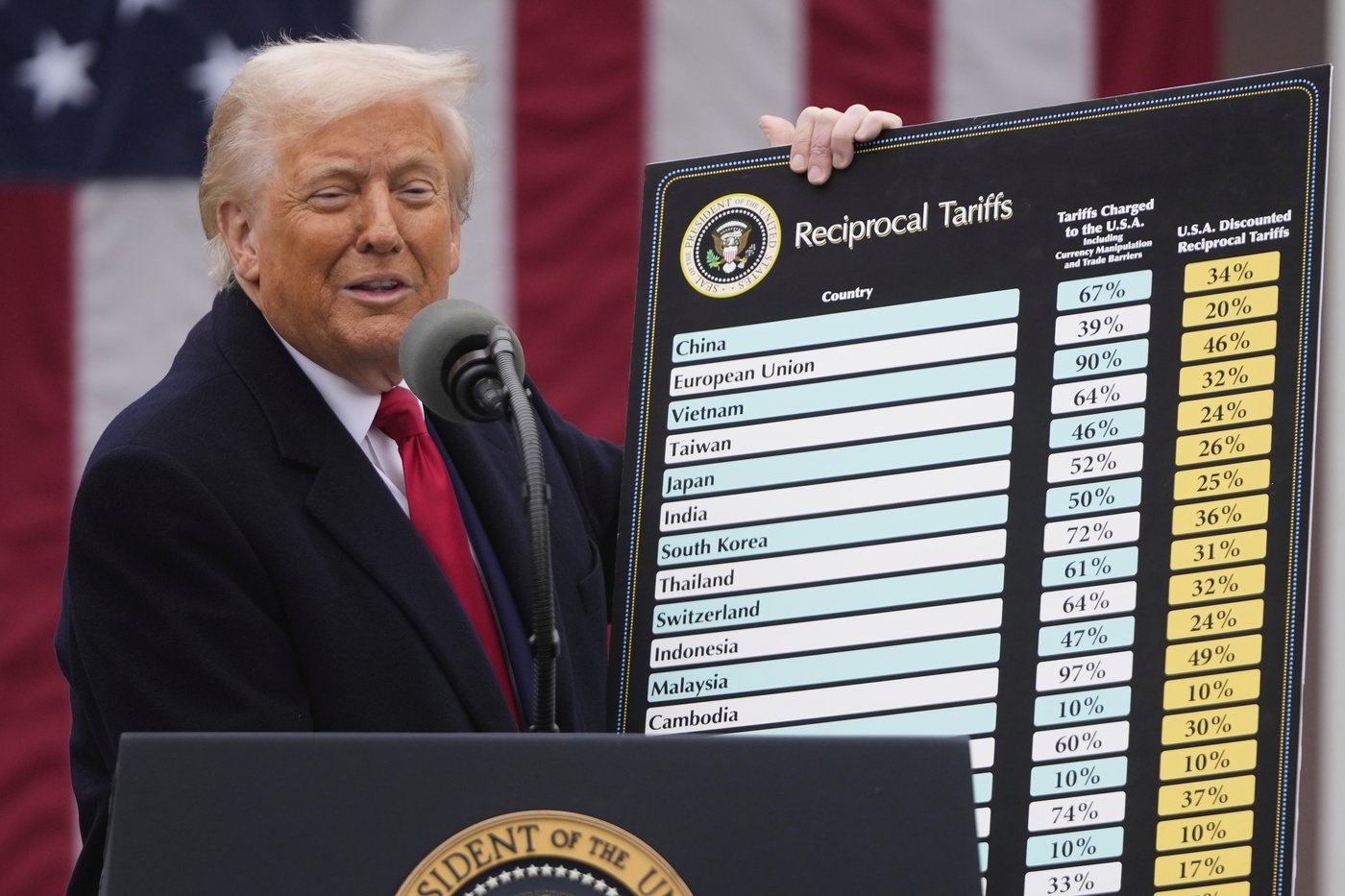
Trump, rice and price woes
Measures to mitigate soaring prices, lagging incomes and burdensome social security payments are the top focus of frustrated, cash-strapped voters.
Rice prices have doubled since last year due to supply shortages, overly complex distribution systems and other reasons related to Japan’s farming, causing panic buying as Ishiba has struggled to resolve the crisis.
Trump has added to that pressure, complaining about a lack of progress in trade negotiations, blaming a lack of sales of U.S. autos and American-grown rice to Japan despite a shortfall in domestic stocks of the grain. A 25% tariff due to take effect Aug. 1 has been another blow for Ishiba.
Ishiba has resisted any compromise before the election, but the prospect for a breakthrough after the election is just as unclear because the minority government would have difficulty forming a consensus with the opposition.
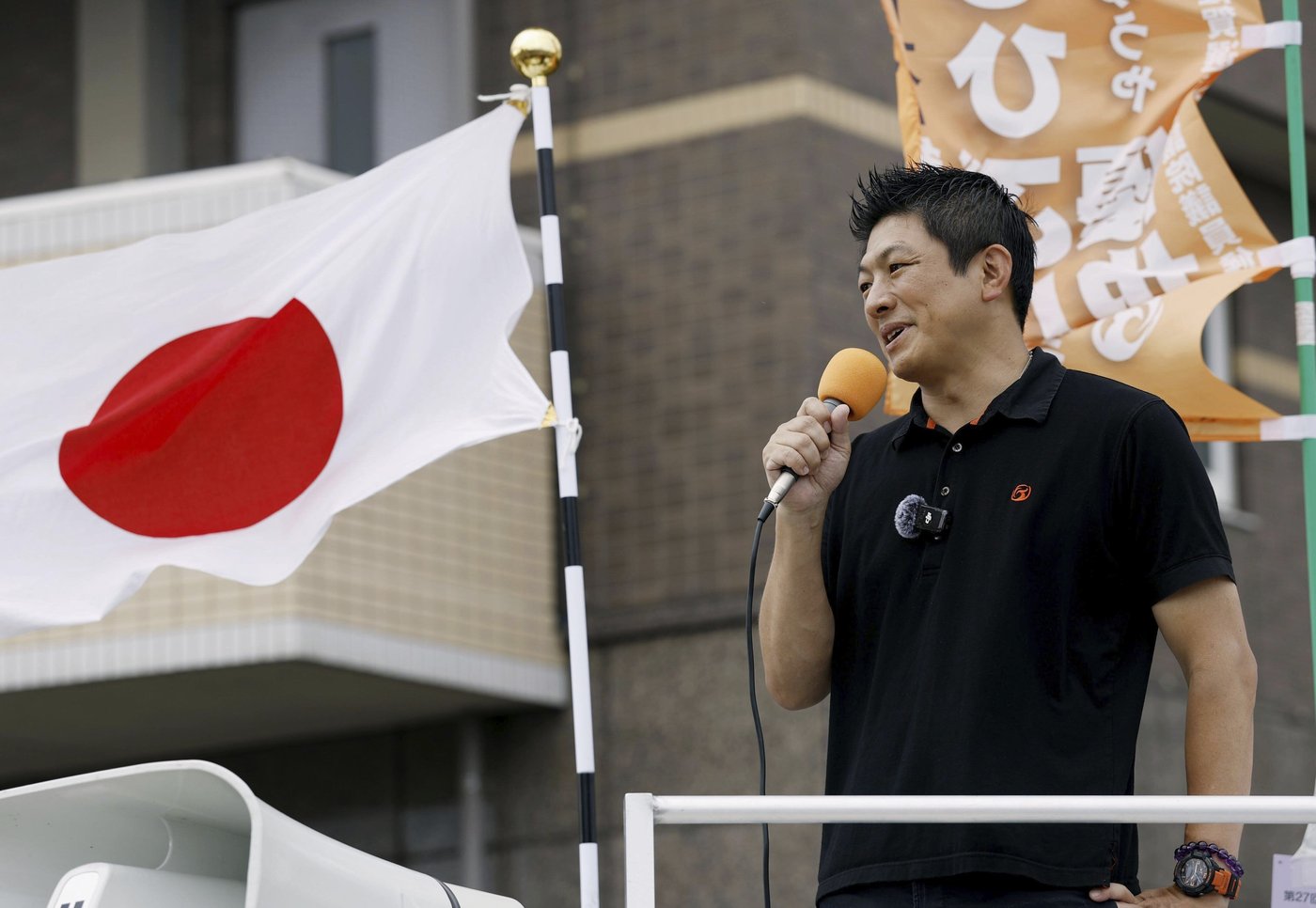
The rice issue has cost Ishiba one farm minister. Rice prices remain high even after the farm minister’s replacement, Shinjiro Koizumi, moved quickly and boldly to address the problem by ordering the emergency release of stored rice from reserves, helping to refill grocery store shelves in time for the election.
Koizumi, son of popular former Prime Minister Junichiro Koizumi, is a potential challenger to Ishiba.
An emerging populist right and xenophobia
Stricter measures targeting foreign residents and visitors have suddenly emerged as a key issue.
The Sanseito party stands out with the toughest anti-foreigner stance with its “Japanese First” platform that proposes a new agency to centralize policies related to foreigners. It wants stricter screening for allowing Japanese citizenship and to exclude non-Japanese from welfare benefits. The party’s populist platform is also anti-vaccine, anti-globalism and favors traditional gender roles.
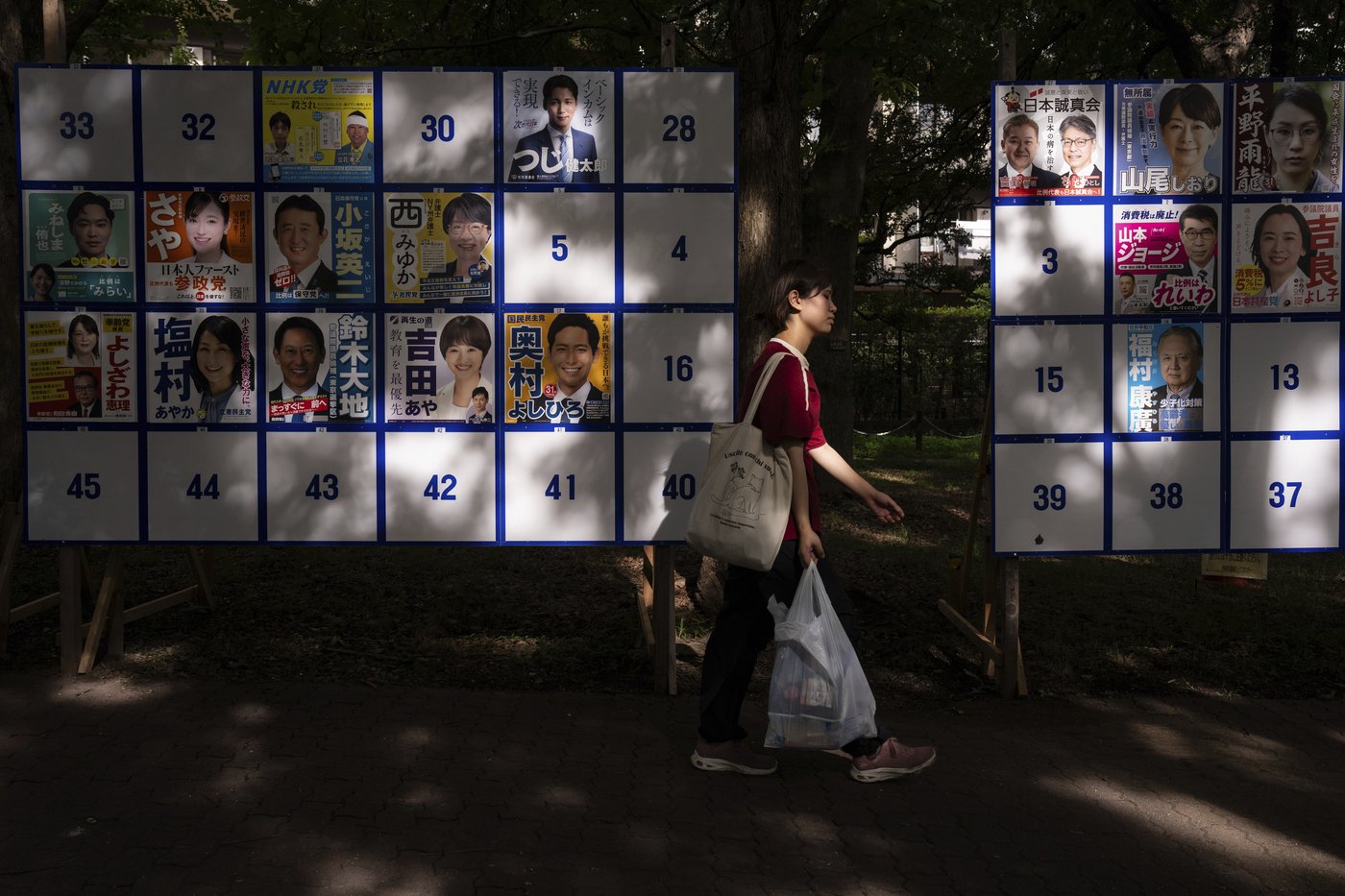
Its stance has encouraged the spread of xenophobic rhetoric in the election campaign and on social media, critics say. A typical claim is that a rapid increase in foreign workers has hurt Japanese workers’ wages and that foreigners use a large share of welfare benefits and have made Japanese society unsafe.
“Foreigners are used as targets to vent their discontent and unease,” Uchiyama said, comparing the scapegoating to that in Europe and the United States under Trump.
Experts say most of the rhetoric is disinformation aimed at frustrations among Japanese struggling to get by. Government statistics show foreign residents account for about 3% of both Japan’s total population and of welfare benefit recipients.
The Liberal Democrats, under a slogan “zero illegal immigrants,” have pledged to crack down on growing illegal employment of foreigners and against allowing them to default on social insurance payments or medical bills. The party also set up a task force to promote an orderly society, a move aimed at enforcing stricter measures on foreigners to address growing public unease. The rising conservative Democratic Party for the People, or the DPP, also is calling to restrict foreign ownership of Japanese real estate.
The move triggered protests by human rights activists and alarmed foreign residents.
Given that its population is rapidly aging and shrinking, Japan needs foreign workers. It should discuss immigration policy more strategically, Takahide Kiuchi, an executive economist at Nomura Research Institute, wrote in a recent analysis.
Still, the opposition is fractured
Conservative to centrist opposition groups, including the main opposition Constitutional Democratic Party of Japan, or CDPJ, the DPP, and Sanseito have gained significant ground at the Liberal Democrats’ expense.
They are believed to be raking in conservative supporters of the ruling party who are disappointed by Ishiba’s leadership and flip-flops on policies. Ishiba is caught between his party’s ultraconservatives and mainstream opposition leaders.
Still, the eight main opposition groups are too fractured to forge a common platform as a united front and gain voter support as a viable alternative.
When Ishiba lost big in October, there was speculation about a trilateral coalition government with the Komeito and the DPP or another conservative group, the Japan Innovation Party. But they’ve since cooperated only on certain legislation. If the ruling coalition loses its upper house majority, that could spark a regrouping among coalitions.
Yoshihiko Noda, a former prime minister and head of the opposition CDPJ, said the loss of ruling coalition majorities in both houses of parliament would enable opposition parties to push policies blocked by the LDP. Those include cuts in the consumption tax, recognition of same-sex marriages, and a law allowing married couples the option of each keeping their own names.
Join the Conversation!
Want to share your thoughts, add context, or connect with others in your community? Create a free account to comment on stories, ask questions, and join meaningful discussions on our new site.








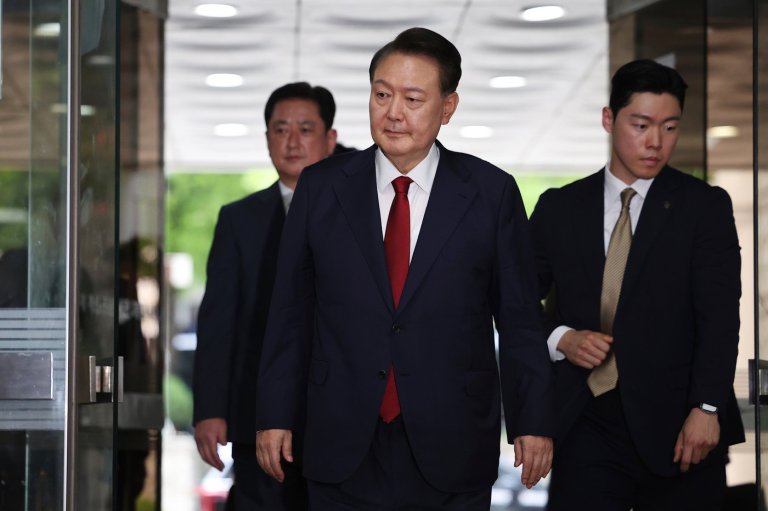



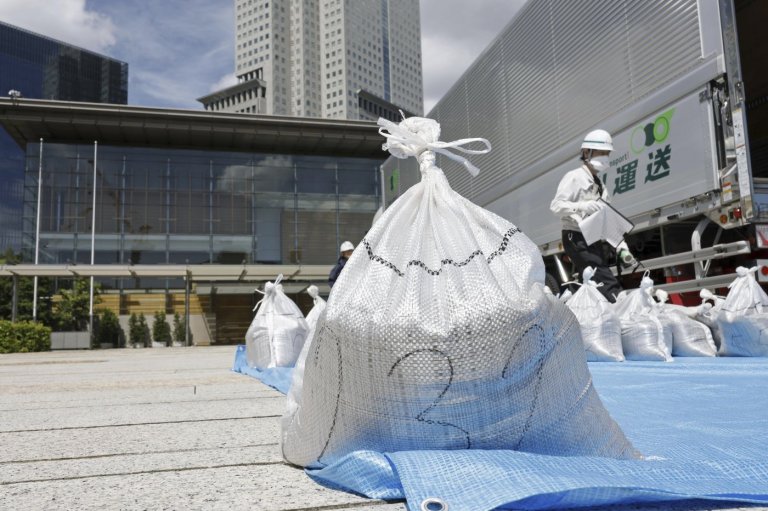
Leave a Reply
You must be logged in to post a comment.